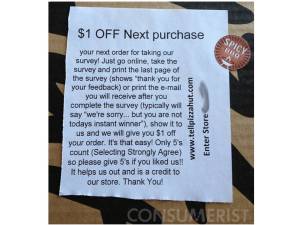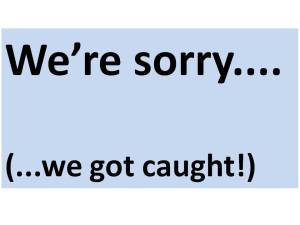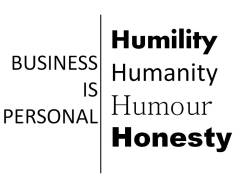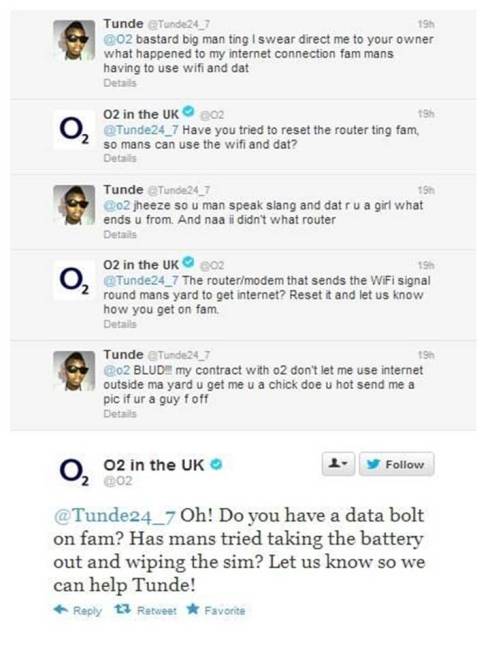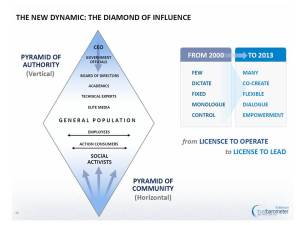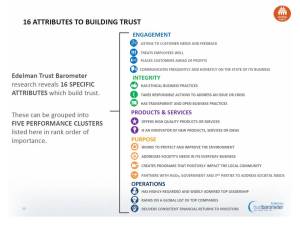 Without doubt, the world of customer experience is changing. I heard a great quote at a conference the other day, when the speaker said that we’ve moved from a world where companies had better technology than their customers, to one where the consumer has the better technology, and at his or her fingertips, than the companies we do business with, many of whom are hampered by old, complex, and multiple systems. Wow. That’s quite a shift in power.
Without doubt, the world of customer experience is changing. I heard a great quote at a conference the other day, when the speaker said that we’ve moved from a world where companies had better technology than their customers, to one where the consumer has the better technology, and at his or her fingertips, than the companies we do business with, many of whom are hampered by old, complex, and multiple systems. Wow. That’s quite a shift in power.
That got me thinking. Lots of commentators talk now about how the world is radically changing as a result of the consumer’s new found power and status. Here then is my round up of the shifts in thinking and behaviour required for organisations to adapt to the new realities, survive and thrive.
| OLD WORLD COMPANIES… | NEW WORLD COMPANIES… | |
| EXTERNAL ORIENTATION | Serve shareholders. If making money is the goal, then shareholders and other investors, whose interests are typically short term in nature, are the masters. | Serve customers. Their philosophy is, if you get it right for your customers, day in day out, then profit takes care of itself. |
| TIME HORIZONS | Live for the short term: a bird in the hand is worth two in the bush. Obsesses about making more money today out of its customers. | Manage and plan around a different timeframe because they value the rewards that come from longer term thinking. And, they forgo the quick buck because the price to the business – losing customer trust and engagement – is simply too high a price to pay. |
| ORGANISATIONAL FOCUS | Are schizophrenic. They talk a good game publically about customers when necessary, and spam the organisation with posters and propaganda, but this doesn’t permeate the DNA. So, at other times, and in other meetings, the customer is entirely absent. Not only does this create confusion internally, it ultimately signals a lack of authenticity in the business. | Are single minded in ensuring that the customer agenda pervades the business, in everything it does. (This is partly because they’ve joined the dots between happy customers and happy CFOs.) And that everyone is connected to the customer agenda and how the business serves its customers. After all, if your own people aren’t proud of the customer experience they deliver, how can you expect customers to get excited? |
| ORGANISATIONAL LANGUAGE | Call customers (and people) “assets”, talk about “share of wallet”, “target customers” and “owning” the customer. In these businesses, customers are numbers and scores in KPI dashboards. | Are humble. They understand that the organisation needs its customers more than its customers need it. And, do all they can to relate to their customers, one by one, as people, not numbers. |
| CUSTOMER EXPERIENCE DESIGN | Create Frankenstein experiences for their customers: silo’d and fragmented companies create ugly, stitched-together experiences that feel disjointed, inconsistent and random. | Understand that great customer experiences can’t be left to chance; they are designed with intent and require a seamless orchestration of the whole enterprise. This is how the notorious silos get busted. |
| LISTENING TO, AND ACTING ON, FEEDBACK | Conduct market research every now and then, query its statistical significance, what to act on and what not, and schedule improvements for next year’s plan (because delivering this year’s plan is already an impossibility) | Treat feedback like oxygen, something the business needs every day to survive. They constantly listen and constantly act on the voice of the customer, and make sure the customer sees this happen too. |
| CUSTOMER CLOSENESS | Keep the customer at arm’s length. They’ll push periodic sales campaigns out, and control the script when selling to customers. And, yet when the customer has a query, it’s like they’re in hiding and it’s a long and lonely road to get an answer. | Jump to it. They work hard to break down the barriers, make ‘customer effort’ an important yardstick and welcome and seek out opportunities to talk and meet with customers, who even turn up at internal conferences. |
| REPORTING AND GOVERNANCE | Value data and measure and monitor everything that moves. The result? Paralysis by analysis, or as I heard recently, they suffer from DRIP: they are Data Rich, Insight Poor. | Ask ‘So what’? For them, less is more because they understand what really matter to customers (and therefore what drives business success), and are relentless in challenging the data and then acting on it. |
| PEOPLE POWER | Use targets, metrics and scripts to control and drive what their ‘employees’ are paid to do. This invariably makes it harder for the workers to do the job the customer wants them to do.In these companies, the Golden Rule is, would my boss be happy with my actions? | Know that everything begins and ends with people, without whom there is no business. They obsess over recruiting the right people and then letting them be themselves. This means doing the right thing for customers because the organisation sees the value in doing so.Here the Golden Rule is, if the customer was in the room, listening and observing, would they approve of my actions? |

